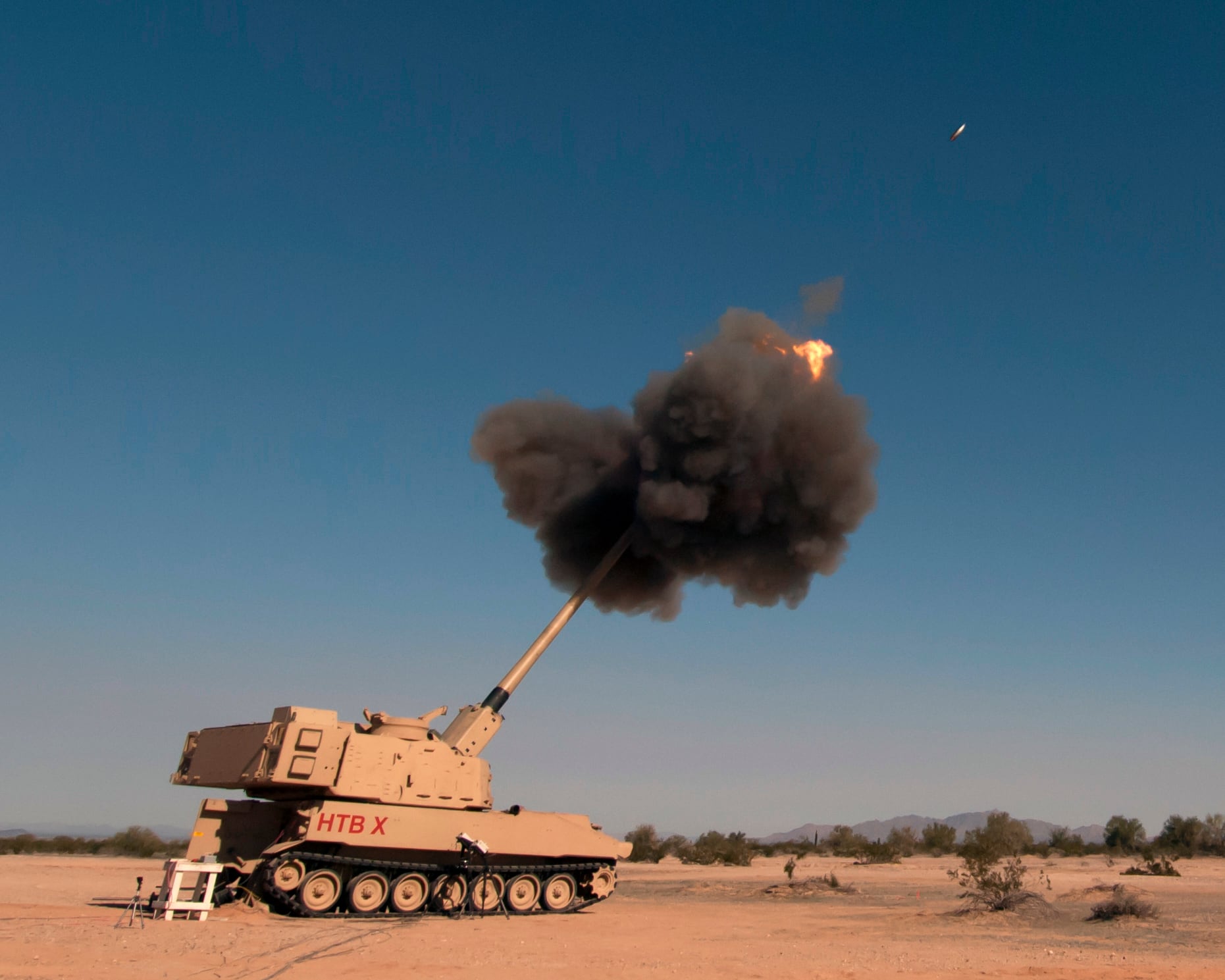WASHINGTON — The Army has issued agreements to Palantir Technologies and Raytheon Technologies in support of the design and software maturation of a new next-generation ground station.
The Tactical Intelligence Targeting Access Node (TITAN) is intended to be a key piece in the sensor-to-shooter chain, connecting sensors from all domains to war fighters and systems in the field to enable beyond-line-of-sight targeting. The system will be capable of downlinking data from multiple domains, processing it with artificial intelligence to create targeting data, and then delivering those solutions directly to the Fires networks, which can then determine the best available shooter to respond with.
Palantir and Raytheon will each receive an $8.5 million other transaction authority (OTA) agreements for 12 months of work in the project’s first phase. That early stage will include a series of design reviews, software demonstrations and soldier touchpoints as the vendors mature the TITAN software and work on system-level design. The Army will eventually move to a single vendor for complete system prototyping for phase 2. The next stage will cover refinement of prototype capabilities, and the fourth and final phase will prepare a prototype that is ready to integrate future sensors and technology advancements.
The Army has been practicing with TITAN surrogates, most notably during its Project Convergence learning campaign last year. During that event, the Army was able to take overhead tactical satellite imagery and downlink it to a TITAN surrogate located at Joint Base Lewis-McChord in Washington. The TITAN surrogate then used the Prometheus artificial intelligence program to create targeting solutions from that data. Next, those solutions were transported to the main demonstration area at Yuma Proving Ground in Arizona, where another AI program determined the best shooter to receive that targeting solution.
“We found the threat rapidly. We were able to identify it as the real threat. We were able to put hit-grade coordinates on it in very near real time and then digitally send that from the TITAN surrogate unit at Joint Base Lewis-McChord in Washington state, down to the firing units that were located down at Yuma via tactical satellite communications. And all of that happened within seconds,” Willie Nelson, director of Army Futures Command’s Assured Positioning, Navigation and Timing Cross-Functional Team, told C4ISRNET following the exercise.
Northrop Grumman has been tapped to build two TITAN prototypes. Those are expected to be delivered in 2022.
Nathan Strout covers space, unmanned and intelligence systems for C4ISRNET.








